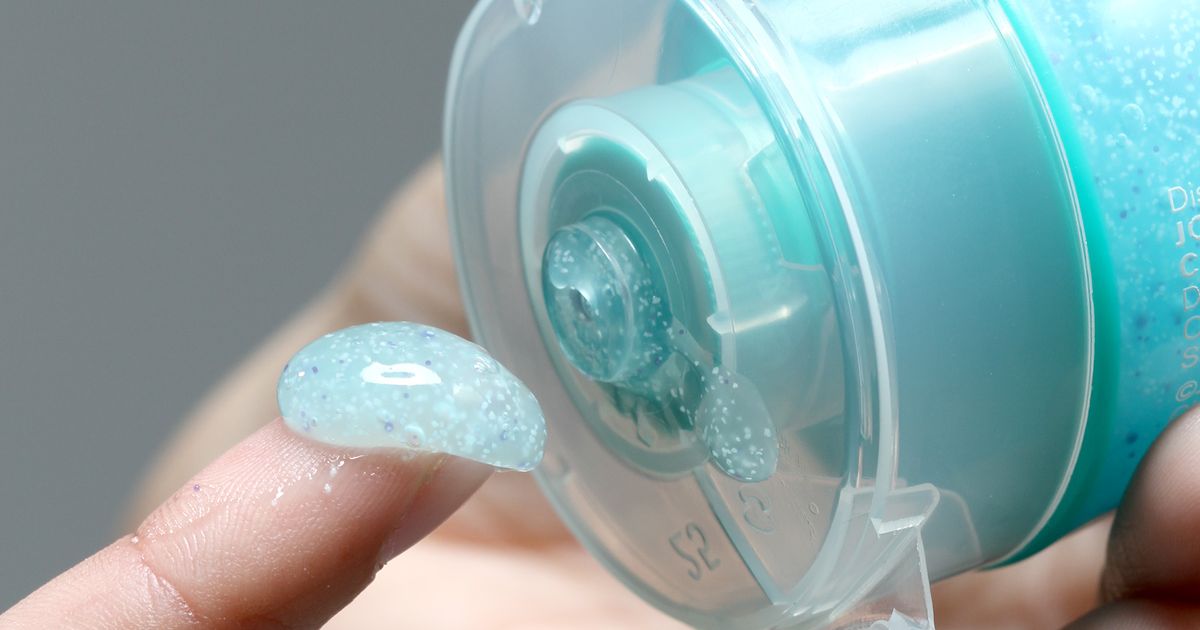In 1976 chemical engineer John Ugelstad invented a technique on earth that other scientists believed could only be carried out in the weightless conditions of space. His discovery enabled the mass production of monodisperse spheres, tiny microscopic spherical plastic beads. The beads were typically 0.5 to 500 micrometres in diameter, about the width of 1 to 5 strands of human hair.
These little beads enabled new advances to be made in cancer treatments and helped create alternative methods for HIV, bacteriology and DNA research. Tiny latex beads still form the basis for some home pregnancy tests today and thanks to Uglestad’s discovery the medical use of microbeads has helped move drug treatments forward.
More recently, microbeads have moved from medical additives to exfoliators found in face washes, toothpaste, body scrubs, and other everyday beauty products. The non-biodegradable solid plastic beads are commonly made from polyethylene, polypropylene, and polyethyleneterephthalate, the same plastics used for single-use shopping bags and plastic bottles.
After washing off your skin, the microbeads go down the plughole and into the waste-water treatment plant where some of them become trapped in the filtering sludge, but due to their small size some microbeads pass through into our waterways and oceans.
Because their size and shape is similar to many plankton species, microbeads are eaten by marine creatures such as shrimp and fish caught for human consumption. Plastic particles from microbeads and other plastic items in the ocean have been found in the stomachs of fish, shellfish, turtles and birds and have caused harm to these creatures.
Plastic microbeads have been found to act like magnets around organic pollutants with reports indicating a single immersed plastic particle can absorb up to 1,000,000 times more of these chemicals than the water around it. The common pollutants including polybrominated diphenyl ethers (PBDEs), polychlorinated biphenyls (PCBs), organochlorine pesticides, and perfluorinated surfactants (PFCs) have been found to stick to the beads due to their large surface area and the chemistry of the plastics used.
This absorption transforms the microbeads into chemical carrying dots and new research published in the journal environmental science and technology found that when feeding on similar sized food in the water, fish also ate PBDE exposed microbeads from a commercial facial scrub. After just 21 days, 12.5 per cent of PBDE chemicals were found to have leached from the ingested microbeads into the tissues of the fish causing concern that persistent organic pollutants accumulate in the tissue of fish exposed to microbeads and other plastic debris in their environment. Research is now underway to determine the implications of this chemical exposure pathway for public health by calculating how much pollution could be entering this human food chain.
Although many large cosmetics companies have made voluntary commitments to phase out microbeads by 2020, they are easy to spot as plastic spheres visible in the liquid if consumers wanted to avoid them. Alternatives include sea salt, apricot kernels and ground seeds which can be used as biodegradable skin exfoliates.
Microbeads, are just one source of our oceans plastic pollution problem, and many other plastics grind down over time into small plastic pieces causing similar issues.
This year, Canada became the first country in the world to list microbeads as a toxic substance under the environmental protection act, allowing it to ban them in personal care products. The US has also moved to ban the production of personal care products and cosmetics containing microbeads from July 2017. It’s pleasing to see these other nations leading the way with their legislation, looking at the recent science research let’s hope that New Zealand will follow suit.
This post was originally posted in the New Zealand Herald http://www.nzherald.co.nz/opinion/news/article.cfm?c_id=466&objectid=11703318
